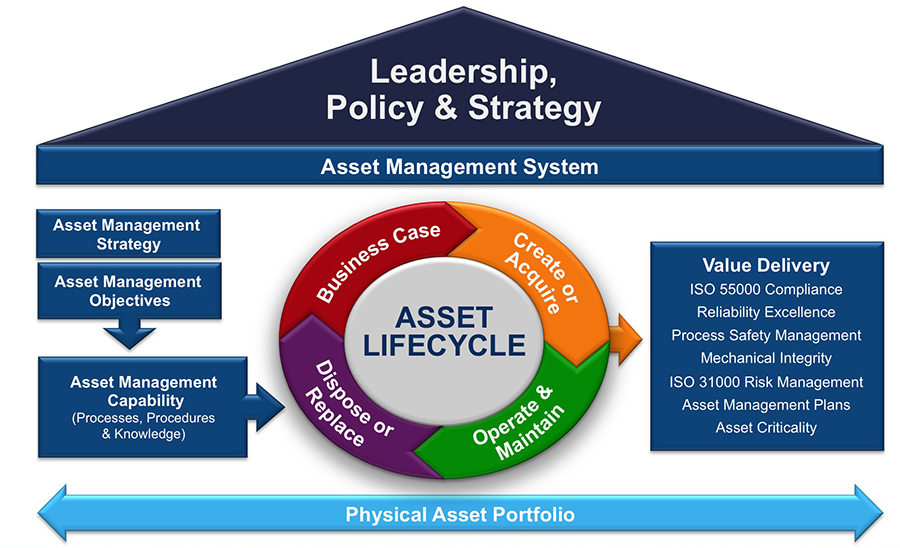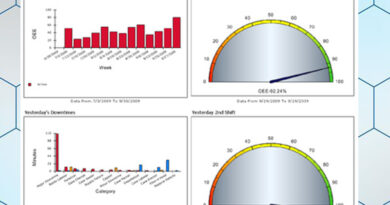ISO 55000 Standards for Asset Management
What is Asset Management?
Assets, and value realized from them, are the basis for any organisation delivering what it aims to do. Whether public or private sector, and whether the assets are physical, financial, human or ‘intangible’, it is good asset management that maximizes value-for-money and satisfaction of stakeholders’ expectations. It involves the coordinated and optimized planning, asset selection, acquisition/development, utilization, care (maintenance) and ultimate disposal or renewal of the appropriate assets and asset systems. Insights into the integration and optimization of asset management have developed since the 1990s (from the North Sea oil and gas industry and the Australian public sector), to identify a range of essential business processes, alignment activities and system integration features that yield very significant performance benefits.

Benefits of Optimized Asset Management
The tangible results of joined-up, risk-based, whole life cycle asset management are increasingly proven around the world. They include:
- Alignment of processes, resources and functional contributions (instead of departmental silos and competing, short-term priorities).
- Creating a transparent audit trail for what is done, when and why.
- Better understanding and usage of data and information to provide informed and consistent decisions.
- Improved planning (especially capital expenditure).
- Consistent, prioritized and auditable risk management.
- Alignment and coordination of existing initiatives, including competency development.
- Greater engagement of the workforce, including leadership, communications and cross-disciplinary teamwork.
What is ISO 55000?
The ISO 55000 series comprises three standards:
- ISO 55000 provides an overview of the subject of asset management and the standard terms and definitions.
- ISO 55001 is the requirements specification for an integrated, effective management system for asset management.
- ISO 55002 provides guidance for the implementation of such a management system.
Note: 55001 defines requirements for an asset management system, in the same way as ISO 9001 specifies a quality management system, and ISO 14001 covers an environmental management system. ISO 55001 is not, therefore, a specification for an asset information management system (sometimes called “Enterprise Asset Management” or EAM system). However, such software tools can be useful aids (‘enablers’) for information management and work control elements of good asset management.
The development of these standards was achieved by ISO Committee TC251, with 31 countries participating. The standards were published in February 2014 and are available from national standards bodies such as BSI.




